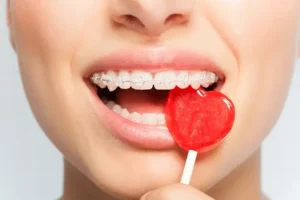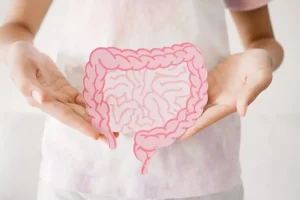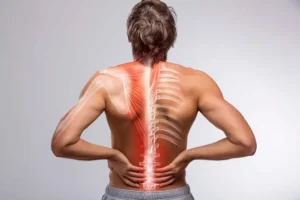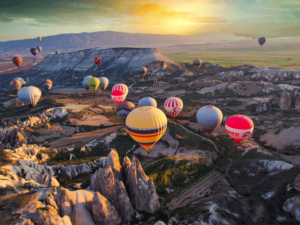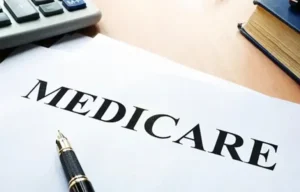Why do we love those bubbles of energy so much?
California lives in a fast rhythm. Work, traffic, evening meetups, workouts, and weekends outdoors — all of this requires energy. Lack of sleep and fatigue have become the norm, while energy drinks are the quick fix. Fizzy versions are especially popular: bright cans, refreshing taste, promises of focus and drive. But what’s really hiding behind this “super-charged soda”?

What makes carbonated energy drinks different?
Carbonated energy drinks work faster than other stimulants. Why?
- The bubbles of carbon dioxide speed up caffeine absorption.
- The taste feels like regular soda, creating the illusion of safety.
- Marketing turns the drink into a “symbol of youth and power.”
But this very speed is what makes them more dangerous than other boosters.
What’s inside the can?
Have you ever thought about what you’re actually drinking?
- Caffeine: up to 300 mg — equal to two large cups of strong coffee.
- Sugar: up to 12 teaspoons per can.
- Taurine, guarana, ginseng: stimulants that amplify the kick.
- Carbonation: helps all of this hit your bloodstream even faster.
The result is an explosive mix your body experiences as stress.
How do fizzy energy drinks affect your body?
The effect is familiar: sudden burst of energy, focus, readiness to act. But the price is high:
- spikes in blood pressure and heart rate,
- insomnia,
- fatigue and irritability once the effect wears off,
- dehydration.
It feels like you borrowed energy “on credit,” but the payback comes at the expense of your health.
Can teens and students drink them?
California pediatricians are clear: they shouldn’t.
- higher risk of arrhythmias,
- worse sleep and concentration,
- increased anxiety,
- dependence on stimulants.
It’s no coincidence that schools in Sacramento are already discussing restrictions on selling energy drinks to minors.

What happens if you drink them regularly?
Regular use leads to:
- hypertension,
- risk of diabetes and obesity,
- tooth enamel erosion,
- chronic fatigue.
Instead of becoming more productive, people slowly lose their real energy.
What if you mix them with alcohol?
This is the most dangerous combination. Alcohol depresses the nervous system, energy drinks stimulate it. The brain gets conflicting signals, and people don’t feel how drunk they actually are. Risks include:
- overloading the heart,
- severe dehydration,
- higher chances of accidents or injuries.
What about drinking before a workout?
Some grab fizzy energy drinks before hitting the gym. Yes, you may feel stronger for a few minutes. But:
- the heart is pushed to its limit,
- risk of arrhythmia increases,
- dehydration gets worse.
That’s why more trainers now warn: the risks outweigh the benefits.
Why has this become “normal”?
- At parties, they’re treated as “safe cocktails.”
- In offices, cans sit next to coffee.
- In gyms, they’re marketed as a quick boost.
But behind this “normal” is a billion-dollar industry that profits when we believe in the illusion of bottled energy.
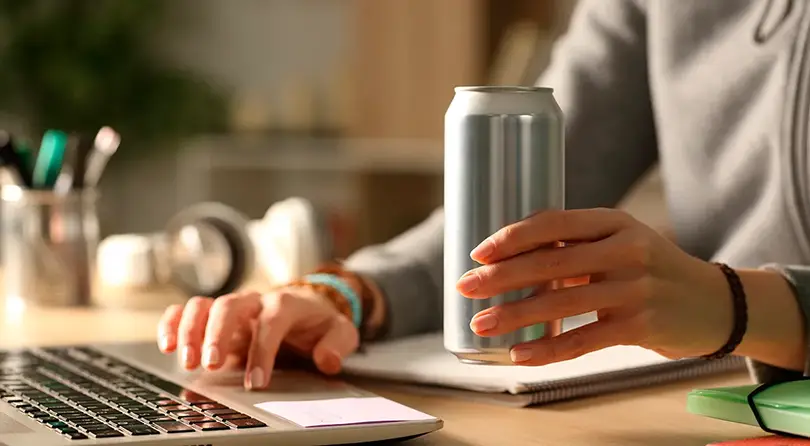
What are the safer alternatives?
Fortunately, California is also full of healthy trends:
- matcha or green tea,
- coconut water,
- smoothies,
- cold brew coffee.
These don’t give the same instant spike, but they support steady energy without harming your heart.
What do doctors say?
The American Heart Association has been warning for years: even one can a day can increase heart risks in young, seemingly healthy people. Doctors suggest treating energy drinks the same way as cigarettes or alcohol — rarely, minimally, and ideally not at all.
Is it worth risking your health for bubbles?
Fizzy energy drinks aren’t just beverages. They’re traps. They steal sleep, health, and strength, giving only a temporary illusion. True energy comes from sleep, movement, nutrition, and balance.
Instead of trading your health for corporate profits, it’s better to choose alternatives that work for you, not against you.
👉 Share this post with your friends, teens, or coworkers. Sometimes just knowing the truth is enough to prevent serious consequences.

